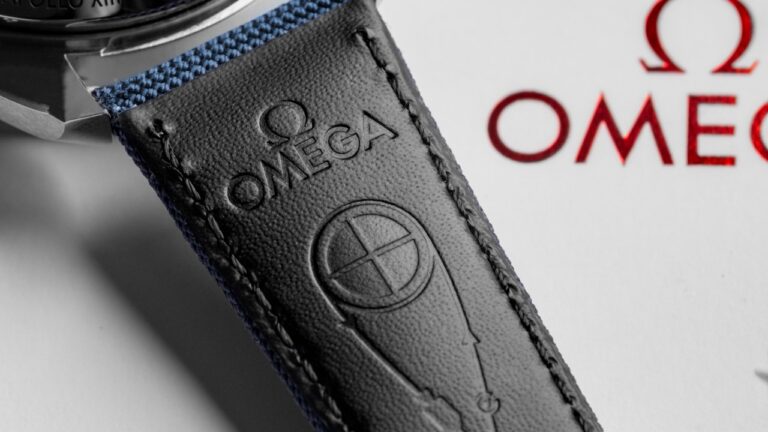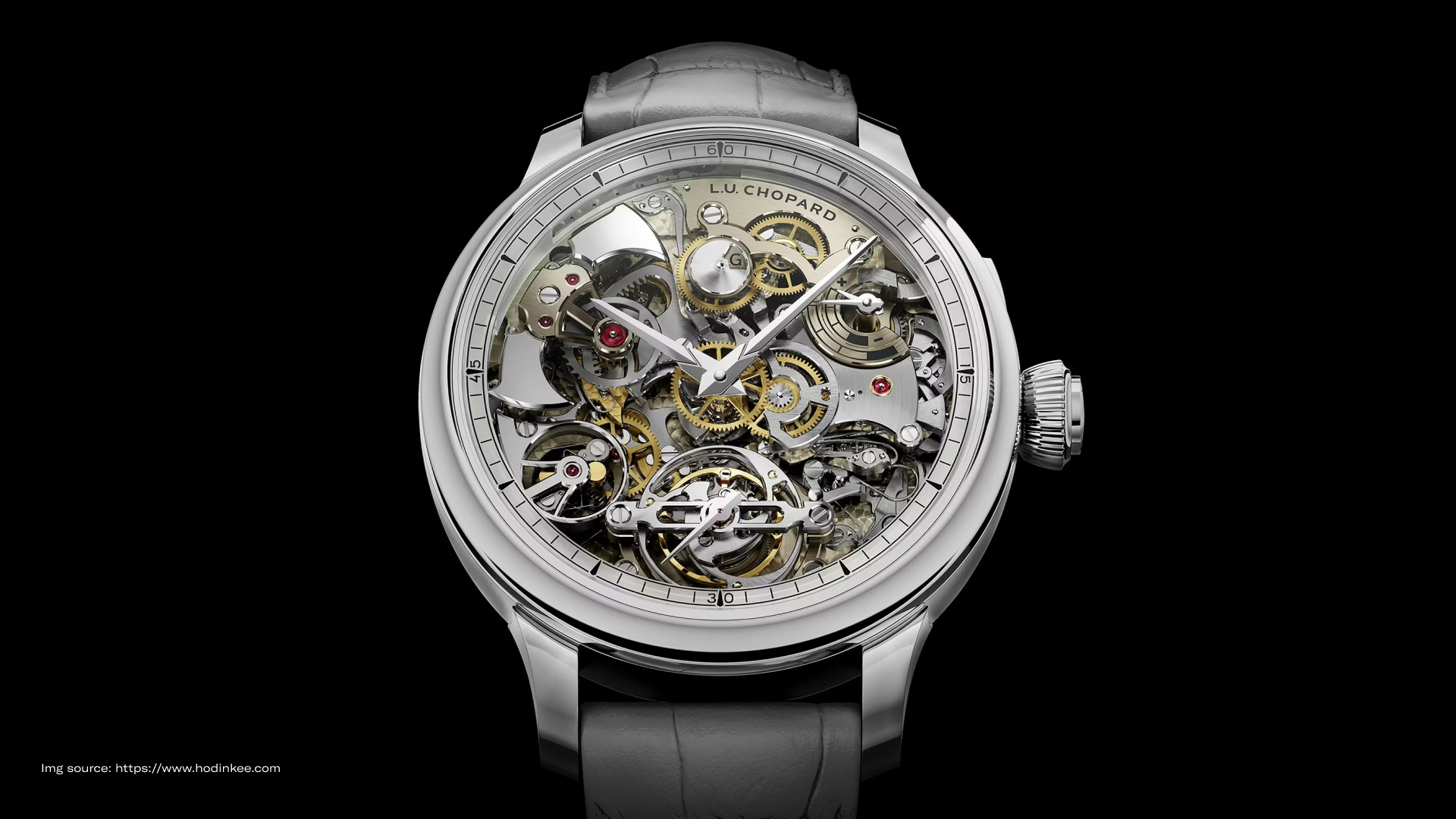Among Omega’s extensive collection, the Moonwatch series stands out as one of the most popular and frequently discussed by collectors. The Omega Speedmaster Moonwatch is particularly unique due to its fascinating connection to space exploration.
Whether you’re new to the world of watches or a longtime Omega enthusiast, the Speedmaster Moonwatch is a collection worth exploring. In this article, we’ll take a closer look at what makes this iconic timepiece so special.
Table of Contents
ToggleA Brief History of the Omega Speedmaster
The Omega Speedmaster debuted in 1957 as a racing chronograph, designed for motorsport enthusiasts with its innovative tachymeter scale for measuring speed.
However, its journey to fame took an unexpected turn when NASA selected it as the official timepiece for its astronauts in 1965.
After enduring rigorous tests for temperature extremes, vibrations, and vacuum conditions, the Speedmaster emerged as the only watch capable of meeting NASA’s demanding standards.
The Speedmaster earned its iconic “Moonwatch” status during the Apollo 11 mission in 1969, when astronaut Buzz Aldrin wore it on the moon.
Its reliability was further proven during the Apollo 13 mission, where it was used to time critical maneuvers that ensured the crew’s safe return to Earth.
For this, the Speedmaster received the prestigious “Snoopy Award” from NASA, solidifying its place in space exploration history.
Read more: Insights into the Omega Speedmaster Silver Snoopy 50th Anniversary
Technical Breakdown of Omega Speedmaster Moonwatch
To truly appreciate what makes this watch iconic, it’s essential to dive into the technical details that set it apart. In the sections below, we’ll explore the key specifications and features of the Speedmaster Moonwatch.
1. Movement and Precision: The Calibre 3861 Explained
At the heart of the Omega Speedmaster Moonwatch is the Calibre 3861, a manual-winding movement that represents a significant evolution of the classic Calibre 1861.
This state-of-the-art mechanism was developed to meet modern standards of precision while preserving the heritage of the original Moonwatch.
One of the standout features of the Calibre 3861 is its Master Chronometer certification, which guarantees exceptional accuracy, magnetic resistance up to 15,000 gauss, and reliability under rigorous conditions.
Omega achieved this by incorporating a Co-Axial escapement and a silicon balance spring, ensuring not only superior performance but also reduced maintenance needs over time.
Despite these advancements, the Calibre 3861 maintains the manual-winding tradition that connects it to the watches worn during the Apollo missions.
With a power reserve of 50 hours, it provides ample functionality for daily wear while staying true to its roots as a tool watch.
2. Design Evolution: Comparing the Moonwatch’s Classic and Modern Versions
The Omega Speedmaster Moonwatch has undergone subtle yet impactful design evolutions over the decades, seamlessly blending its iconic heritage with modern advancements.
The classic version, most notably the reference ST105.012 worn during the Apollo missions, features a 42mm case, a Hesalite crystal, and a solid case back.
Its black stepped dial with an applied Omega logo and the signature “dot over 90” on the tachymeter bezel became defining traits of the original Moonwatch aesthetic.
In its modern iterations, the Moonwatch retains much of this vintage charm while incorporating contemporary updates.
Despite these updates, the modern Moonwatch remains deeply respectful of its origins. The dial layout, chronograph subdials, and tachymeter scale preserve the spirit of the original, ensuring that each iteration feels like a continuation of the Moonwatch legacy.
Read more: The Omega Co-Axial Escapement Explained: A Guide for Watch Lover
3. Case, Dial, and Crystal
The case of the Speedmaster has remained largely consistent in shape but has seen improvements in materials and construction techniques.
Early models used Plexiglas crystals that were less prone to shattering in zero gravity environments.
In contrast, modern versions use sapphire crystals that enhance durability while maintaining clarity. The dials have also evolved to improve legibility under various lighting conditions.
4. Bracelet and Strap Options: Comfort, Style, and Durability
The Omega Speedmaster Moonwatch offers a range of bracelet and strap options, balancing comfort, style, and durability.
The classic stainless steel bracelet is known for its sturdy construction and sleek design, with polished and brushed links for a refined look and secure fit.
For a more casual or versatile style, leather and NATO straps are available. Leather straps provide a luxurious feel, while NATO straps offer durability and easy interchangeability for a sportier, rugged look.
Final Thoughts
The Omega Speedmaster Moonwatch continues to resonate deeply with its owners, not only for its historical significance as the first watch worn on the moon but also for its enduring quality and design appeal.
The Omega Speedmaster Moonwatch is more than just a luxury watch. It embodies a rich legacy that many cherish deeply, making it a worthy addition to any collection.
For those interested in owning iconic luxury watch models, like the Omega Speedmaster Moonwatch, you can visit Luxehouze. At Luxehouze, you can find a wide range of luxury watch collections that are 100% authentic from brands like Rolex, Omega, and many other luxury watches at the best prices. Find your dream watch at Luxehouze boutiques in Jakarta, Surabaya, or Singapore!












